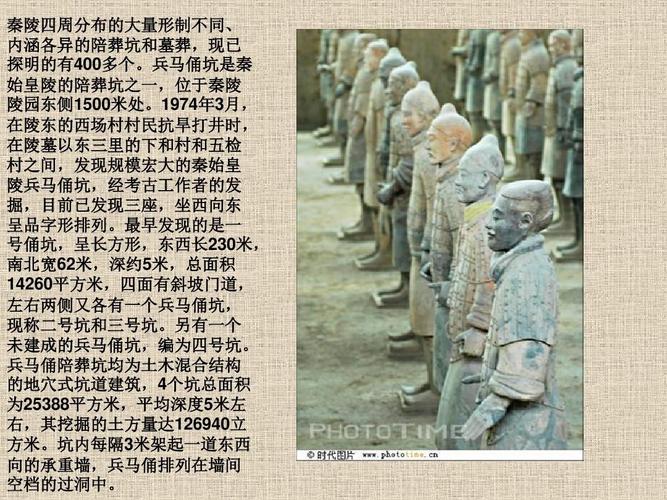
What Were the Terracotta Army Warriors and Horses Made Of?
The Terracotta Army is one of the most iconic archaeological discoveries of all time. But have you ever wondered what these ancient warriors and their steeds are made of and how they were created? Let's delve into the fascinating world of terracotta craftsmanship in ancient China.
The Primary Material: Terracotta Clay
The Terracotta Army warriors and horses get their name from the material they're crafted from: terracotta clay. This readily available, porous clay found in the region surrounding the mausoleum was ideal for creating large-scale sculptures. The clay, rich in iron oxide, contributed to the figures' reddish-brown hue after firing.
A Multi-Stage Construction Process
Creating these life-size figures was a complex process involving several stages:
1. Building the Body:
- Instead of crafting the figures in one go, artisans utilized a modular approach.
- They started by stacking coils of prepared terracotta clay to form the legs, torso, and arms.
- This method ensured structural stability and allowed for the creation of hollow bodies, reducing the risk of cracking during the firing process.
2. Adding the Head:
- The heads of the warriors were crafted separately and then attached to the body using a tenon and mortise joint.
- This technique allowed for greater detail in facial features and contributed to the individuality of each warrior.
3. Sculpting the Details:
- With the basic form assembled, skilled artisans added finer details using hand-carved wooden tools.
- This included intricate hairstyles, expressive facial features, armor plates, clothing folds, and even the patterns on the horses' harnesses.
4. Drying and Firing:
- Once the sculptures were complete, they underwent a crucial drying period to remove excess moisture.
- This was essential to prevent cracking or explosions during the firing process.
- Finally, the warriors and horses were fired in massive kilns at temperatures reaching up to 1,000 degrees Celsius (1,832 degrees Fahrenheit).
- This firing process hardened the clay, giving the figures their characteristic strength and durability.
Additional Materials:
While terracotta clay was the primary material, other materials were also used:
- Wood: Used for structural support within the figures and for elements like chariot poles and weapons.
- Pigments: Traces of paint reveal that the warriors were once brightly colored, further adding to their realism.
- Bronze and Other Metals: Used for weapons, armor details, and horse harnesses, showcasing the advanced metalworking skills of the time.
Q&A:
1. Why did the terracotta army figures survive for so long?
The combination of durable terracotta clay, the firing process, and the controlled environment of the underground pits contributed to the exceptional preservation of the Terracotta Army over centuries.
2. Were the warriors modeled after real soldiers?
While there's no definitive proof, the individuality of each warrior's face suggests they might have been modeled on actual soldiers from Emperor Qin Shi Huang's army.
3. Why were the warriors originally painted?
The colorful paint, though faded over time, served not only aesthetic purposes but also helped differentiate ranks and military units within the vast terracotta army.